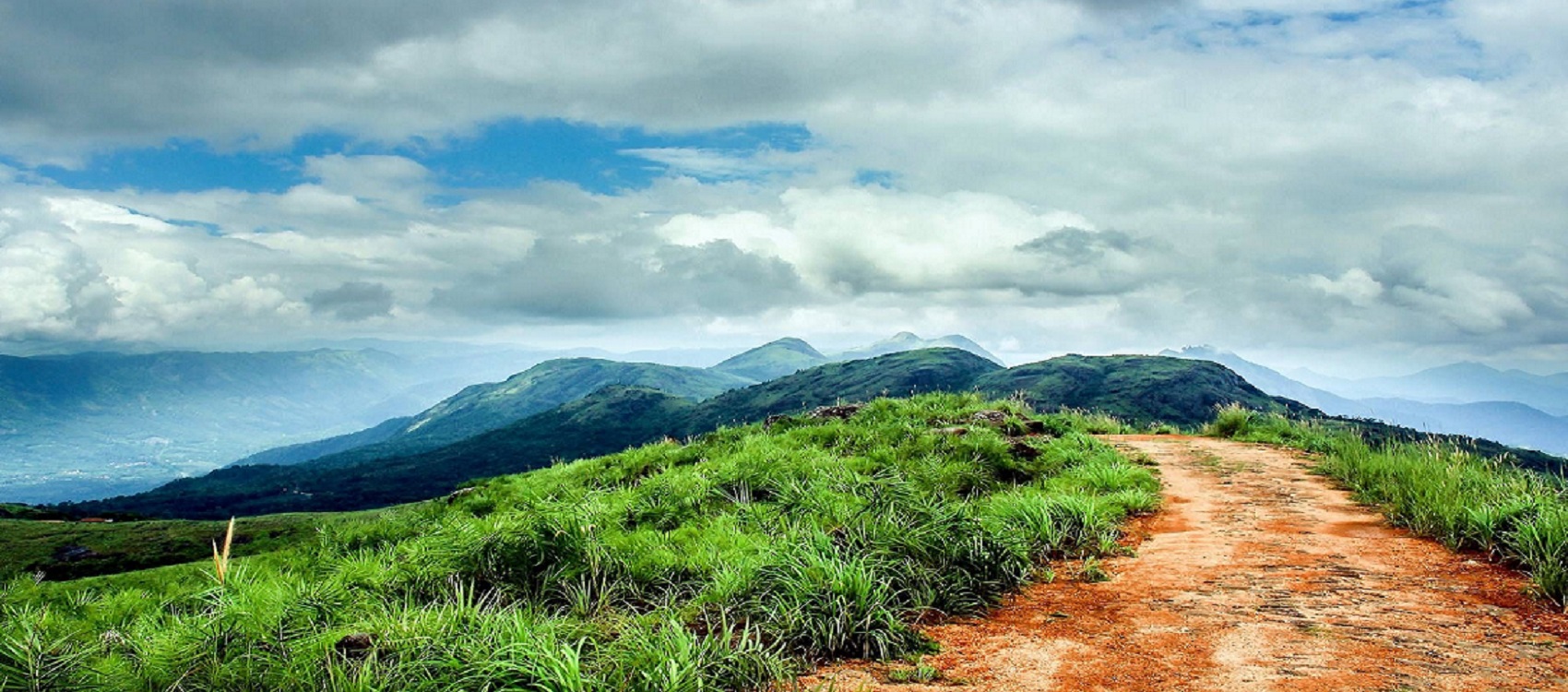
To the humankind lost in the concrete jungle, Idukki tourist places acquaints them with the splendor of nature and God’s magnificent creation. Idukki, one of the quaintest districts of Kerala, is home to a number of prominent tourist places.
The district, which lies in the Western Ghats of Kerala, is topographically known for its rocky terrain and varied verdant vegetation. Places in Idukki is full of cliffs, lush greenery, lagoons, tranquil rivers and cascading waterfalls that hypnotize the tourists and leave them with everlasting memories. Having names of Painavu, arch dam, poonchira, Idukki shows a variety in its attractions.
The 3 rivers Thodupuzhayar, Periyar, and Thalaya along with their tributaries keep Idukki evergreen. They are not only a source for irrigation and power generation but also a place for the existence of diverse flora and fauna that add charm to the Idukki. The places to visit in Idukki range from popular hill stations, Wildlife Sanctuaries, to majestic waterfalls, dams, and not to forget, the historical places.
The Idukki Dam, located in Kerala, India, is a 168.91 m (554 ft) tall arch dam. The dam stands between the two mountains – Kuravanmala (839)m and Kurathimala (925)m. It was constructed and is owned by the Kerala State Electricity Board. It supports a 780 MW hydroelectric power station.
It is built on the Periyar River, in the ravine between the Kuravan and Kurathi Hills in Kerala, India. At 167.68 metres, it is one of the highest arch dams in Asia and third tallest arch dam. It started generating power on 4 October 1975.[1] Technically, the dam type is a concrete double curvature parabolic, thin arc dam.
One of the main attractions near Munnar is the Eravikulam National Park. This park is famous for its endangered inhabitant – the Nilgiri Tahr. Spread over an area of 97 sq. km., this park is also home to several species of rare butterflies, animals and birds. A great place for trekking, the park offers a magnificent view of the tea plantations caressed by blankets of mists. The park becomes a hot destination when the hill slopes here get covered in a carpet of blue, resulting from the flowering of the Neelakurinji. It is a plant endemic to this part of the Western Ghats which blooms once in twelve years.
Munnar rises as three mountain streams merge – Mudrapuzha, Nallathanni and Kundala. 1,600 m above sea level, this hill station was once the summer resort of the erstwhile British Government in South India. Sprawling tea plantations, picturesque towns, winding lanes and holiday facilities make this a popular resort town. Among the exotic flora found in the forests and grasslands here is the Neelakurinji. This flower which bathes the hills in blue once in every twelve years, will bloom next in 2018. Munnar also has the highest peak in South India, Anamudi, which towers over 2,695 m. Anamudi is an ideal spot for trekking.
FIND US ON SOCIAL MEDIA